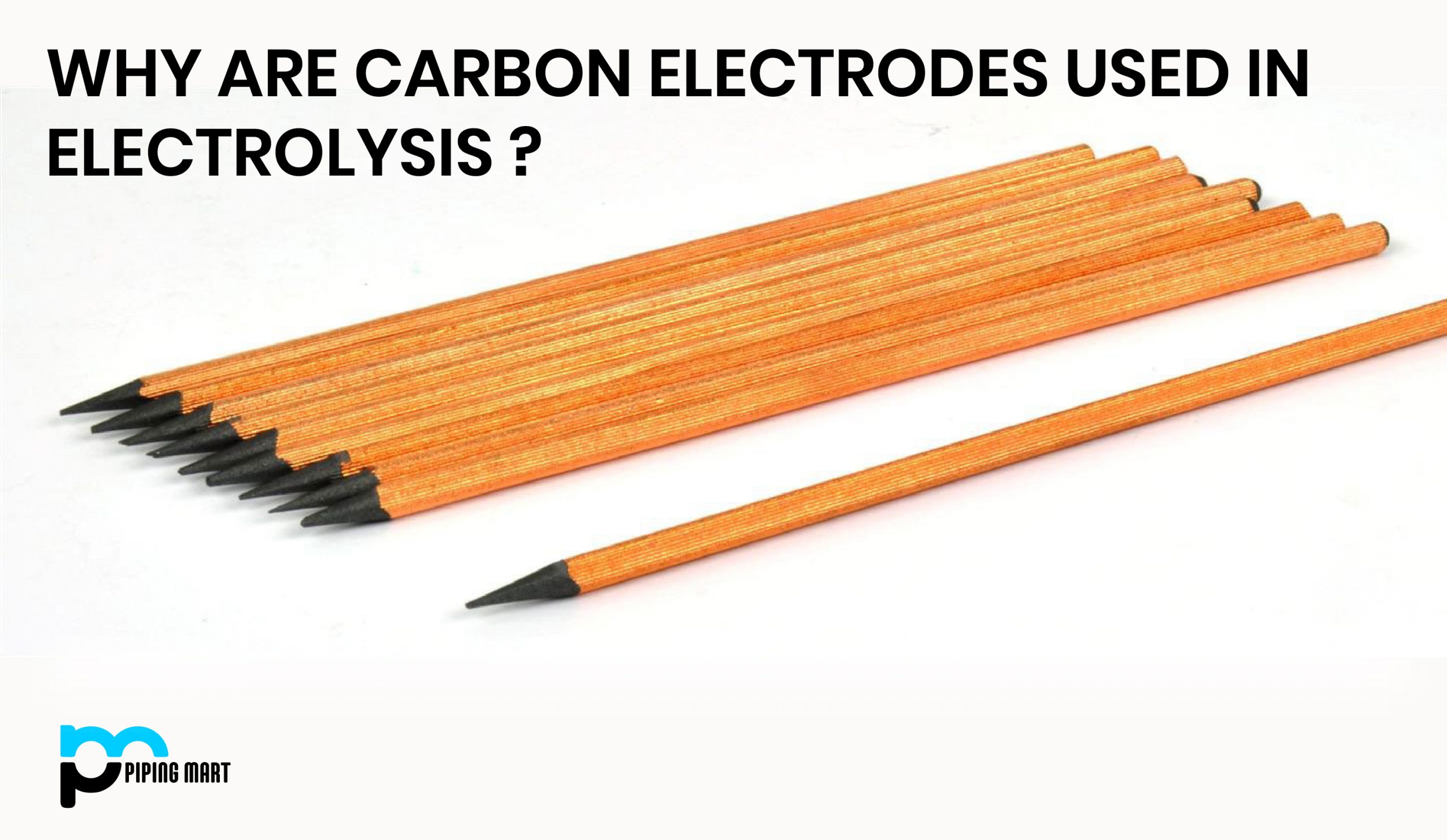Welding is a process used to combine two or more pieces of metal. But did you know there are different types of welding joints and positions? Each type of joint and position has its own benefits depending on the project. Let’s explore the different types of welding joints and positions so you can select the right one for your welding project.
6 Types of Welding Joints
The type of welding joint you use will depend on the shape and size of the parts that need to be joined. Here are some common types of welding joints:
Butt Joints
Two flat surfaces placed together at an angle that can be welded from either side.
Corner Joints
Two pieces placed perpendicular to each other, allowing for a strong joint when welded correctly.
Lap Joints
Two overlapping pieces make up this type of joint, which is often used in sheet metal fabrication.
T-Joints
Commonly used in pipe welding, this is when two pieces meet at a 90-degree angle with one piece running across the top.
Fillet Joints
This joint creates a “v” shape between two pieces that need to be connected by a weld bead.
Plug/Slot Joints
Used in structural steel fabrication, these are two holes drilled into separate parts, which are then connected with a plug weld or fillet weld bead.
Types of Welding Positions
Depending on your project, you may also need to consider the welding position—meaning the way the parts being joined are oriented relative to each other and to the welder’s workstation. Here are some common types of welding positions:
Flat Position
When both sides being welded lay flat against each other in any orientation possible (horizontal, vertical, or overhead).
Horizontal Position
When both sides being welded lay horizontally against each other in any orientation possible (flat, vertical or overhead).
Vertical Position
When both sides being welded lay vertically against each other in any orientation possible (flat, horizontal or overhead).
Overhead Position
When both sides being welded lay overhead against each other in any orientation possible (flat, horizontal or vertical).
Angle Position
When both sides being welded lie at an angle against each other at any degree available (45°, 60°, etc.).
Circumferential Position
When both sides being welded lie around a cylinder circumference at any degree available (45°, 60°, etc.).
Groove Position
When both sides being welded lie inside an open groove created for them for better strength & stability.
Conclusion:
With so many different types of joints and positions available for your next welding project, it is important to understand which ones will best suit your needs before getting started. By combining different joints with various positions, you can create strong & stable structures with precise accuracy & repeatability every time. With careful consideration and planning every time you tackle a new welding project, you can ensure success every time!

A passionate metal industry expert and blogger. With over 5 years of experience in the field, Palak brings a wealth of knowledge and insight to her writing. Whether discussing the latest trends in the metal industry or sharing tips, she is dedicated to helping others succeed in the metal industry.




